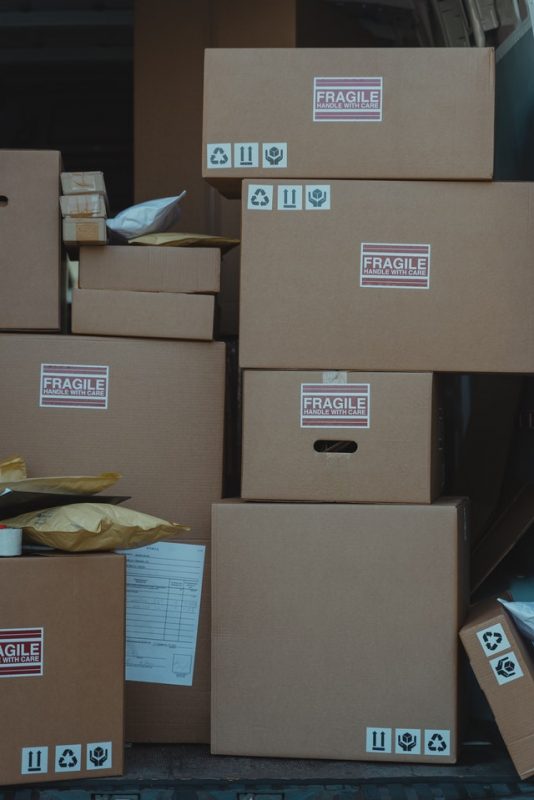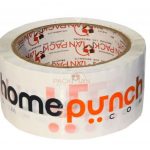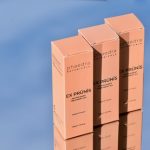There was a time not long ago when corrugated printing meant putting blue or black logos and text to the plain cardboard box in which a product was shipped in. Or placing to the front of a pizza box the two-colored cartoon images of a chef tossing the dough.
It is not the case anymore.
Like several other technologies over the past decade, corrugated printing has transformed into becoming much more advanced, incorporating HD imagery, a wider array of colors, and more intricate shapes and forms.
You probably have seen evidence of it in your trips to the grocery store. Pop-up displays and product packaging have seemed to be more detailed, attractive, and even interactive, as several brands have started to utilize almost invisible QR codes and digital watermarks.
Brands visualize their packaging as a final chance to advertise and leave their message to consumers prior to these consumers make a purchase decision. Thus, these brands look for precision and clarity in the printed products that represent them.
Keeping up with the entire advancements in the industry, as well as the buyer demands, can be hard, especially when plenty of corrugated jobs are short-run projects that need the changeover in materials between print runs.
To assist corrugated printers, reduce expenses, and giving maximum quality, Mr. Gaurav Jalan, Founder, and Director of Packman Packaging Pvt Ltd which is India’s leading manufacturer of corrugated boxes has outlined the important things you must pay close attention to in an attempt to decrease errors and avail the most out of your printing process.
Printing Plates
There are multiple variations that can impact your printing plates and, also your finished product. Soft, uneven, or worn plates could lead to image bleeding and dirty prints. Dirty/damaged plates can create spotty, uneven appearances. Plates having the incorrect impression may cause streaky patterns and washboard print. Plates may also come loose and creates uneven results. Check the plates prior to every run, ensuring that the impression is adjusted properly and that the plate has been thoroughly cleaned and replaced.
Ink
This is a must, but ensuring your ink’s features meet the project’s needs can sidestep several issues before they begin. If the ink formulation is wrong, you can see streaky lines, washboard print, or spotty marks. If the ink is contaminated, you could end up seeing hickeys and foreign objects in your final product. If the ink is not compatible from station to station, it could result in smearing and uneven color over the substrate.
pH
The pH of your ink is quite essential in ensuring how well the ink will get absorbed and how well it will dry. If the ink is not drying or is drying too faster, that’s mostly a sign that the pH is out of specifications – too high or low for the job needed. Uneven color and smearing can mostly be the result of a pH that is out of spec.
If the pH of your ink is low, you can also see images bleeding into non-image zones, spotty or uneven appearances specifically, in solid areas, and streaky formation of parallel lines. Monitoring and controlling pH to have a constant level throughout an entire run is the key as well. Any inconsistency in pH levels could lead to improper color from the beginning of a run compared to the end.
Viscosity
Just as essential to maintaining a consistent pH level in your corrugated print run, it is perennial that you control the viscosity of your ink. The viscosity that is very low can lead to the spotty and uneven formation, foaming, abrasion, streaky lines, and other problems. If the viscosity is exceedingly high, you may see some of the same problems, besides the halos, fisheyes, color that is darker than the proof, contaminants on the substrate, ink smearing, and uneven color.
It is mostly talk about the essence of constant viscosity control. Without it and dependence on manual viscosity measurements, you can miss variations that can lead to the concerns listed above.
By having close attention to ink characteristics such as pigmentation, formulation, color concentration, and cleanliness, you would be able to avert issues that increase expenses and reduce quality.
There are several factors that could lead to expensive corrugated printing issues, which are becoming quite magnified as clients and buyers expect better prints from corrugated manufacturers.




